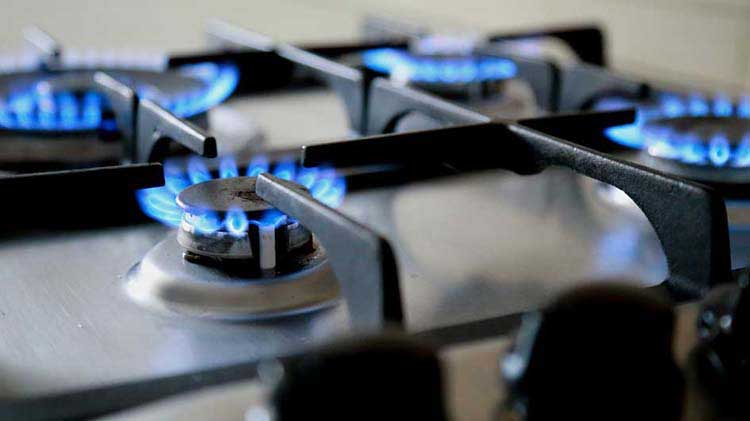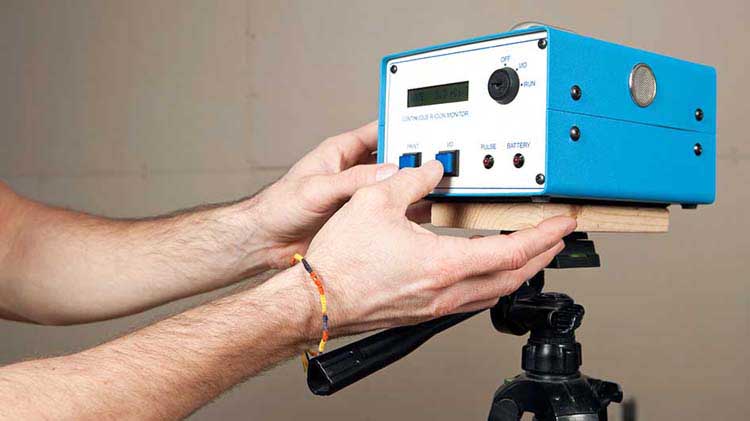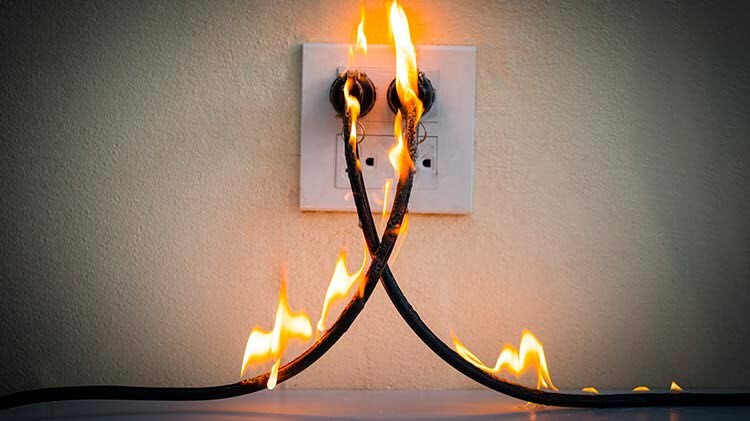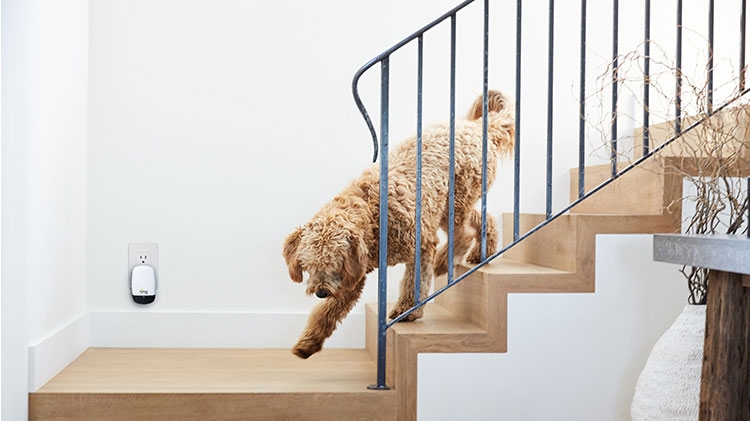Causes and prevention for carbon monoxide poisoning
Carbon monoxide poisoning can be lethal to humans and animals. Learn the warning signs on how to prevent carbon monoxide poisoning.
In the United States, carbon monoxide poisoning results in more than 400 deaths a year and more than 100,000 trips to the emergency room, according to the Centers for Disease Control and Prevention (CDC). However, as carbon monoxide poisoning often goes unreported, the number of instances is likely much higher.
What is carbon monoxide?
Carbon monoxide (CO) is a colorless, tasteless, and odorless gas both naturally occurring and a byproduct of synthetic fuel.
What is carbon monoxide poisoning?
Carbon monoxide poisoning is caused from the inhalation of CO fumes resulting in a build up of CO in the bloodstream that replaces oxygen in the blood, and deprives the heart, brain and other vital organs of oxygen. CO is called the “silent killer” because it’s undetectable by human senses and can quickly lead to loss of consciousness, brain damage or even death.
What are the symptoms of carbon monoxide poisoning?
What makes CO poisoning particularly dangerous is that early onset symptoms may be mistaken as having the common cold or flu. Unless CO is detected by a CO detector you may never realize you have CO poisoning until it’s too late.
Symptom severity depends on how much CO is breathed in and for how long and may include:
- Headache
- Fatigue
- Shortness of breath
- Nausea
- Dizziness
- Confusion
- Blurred vision
- Vomiting
- Loss of muscle coordination
- Unconsciousness
According to Mayo Clinic, breathing in carbon monoxide can be especially dangerous for higher risk groups such as:
- Unborn babies due to fetal blood cells absorbing CO easier than adults.
- Infants and children since they take more breaths than adults.
- Older adults as they are at higher risk of developing brain damage.
Where does carbon monoxide come from?
CO is produced whenever a material burns. CO occurs naturally during forest fires or volcanic eruptions as well as through synthetic fuel such as the running of a gas-powered vehicle.
How might you be exposed to carbon monoxide?
- Smoke inhalation from a fire
- Dangerous levels of CO can occur from the use of improperly vented, obstructed, or malfunctioning gas, coal, wood or oil-burning appliances in or around your home such as:
- Vehicles running in a confined space
- Furnaces
- Fireplaces
- Cooking appliances
- Clothes dryers
- Woodburning stoves
- Space heaters
- Grills
- Living near high traffic roads or factories that emit carbon monoxide
- Using malfunctioning or improperly maintained gas-powered equipment
- Lawnmowers
- Chainsaws
- Generators
- Smoking or breathing in second hand smoke
How can you help prevent carbon monoxide poisoning?
Taking a small amount of time to manage your home's risks from CO poisoning may help protect you and your family from unintentional CO poisoning.
- Consider regular inspections of your home appliances by a qualified technician once a year.
- Furnaces (ideally should be inspected before the start of the heating months.)
- Gas appliances (can be inspected at the same time as your furnace to ensure they are operating correctly.)
- Chimneys
- Avoiding idling your car in your garage even with the garage door open.
- Keep in mind that space heaters, ovens, portable generators and other gasoline-powered engines can cause a buildup of carbon monoxide and should be well ventilated.
- Lookout for these possible signs of a CO leak around your home.
- Gas appliance flames are yellow or orange instead of blue
- Black soot or stains on fuel-burning appliances and vents
- Malfuctioning pilot lights
- An increase in moisture on windows
- Listen and watch for any weather-related air quality advisory warnings based on wildfire smoke to help limit carbon monoxide exposure.
- Consider taking a portable CO detector with you on vacations to plug into your hotel room.
What are some carbon monoxide detector tips?
In addition to smoke detectors, CO detectors are especially important if your home uses natural gas for cooking, heating, or has an attached garage. Additionally, having CO detectors properly placed around your home and understanding their full abilities is key.
- If you have a smart home system, consider linking your CO detectors so you can receive smartphone alerts if CO is detected.
- Some manufacturers of carbon monoxide detectors offer combination or 3-in-1 detectors to alert you when carbon monoxide or an explosive gas such as natural gas or propane is detected. Many of the home natural gas detectors or explosive gas detectors will require being plugged into an electrical outlet and will have a battery back-up.
- Try to keep the detectors at least 15 feet from cooking or heating appliances and away from high humidity locations like bathrooms and kitchens, as moisture can sometimes trigger faulty readings.
- It’s recommended that batteries be replaced in all smoke detectors and CO detectors at least once a year (or sooner if it “chirps” to let you know the battery is low). It’s also recommended that older smoke detectors be replaced every 10 years, and CO detectors be replaced every 5 years.
- Install a CO detector on each level of your home, in or near each sleeping area and near attached garages.
What if my carbon monoxide detector goes off?
- Exit the house immediately.
- Check everyone, including your pets, for signs of carbon monoxide poisoning.
- Call 911.
- Do not re-enter your home until authorities have cleared it.
Visit the CDC website for more information about carbon monoxide poisoning.




